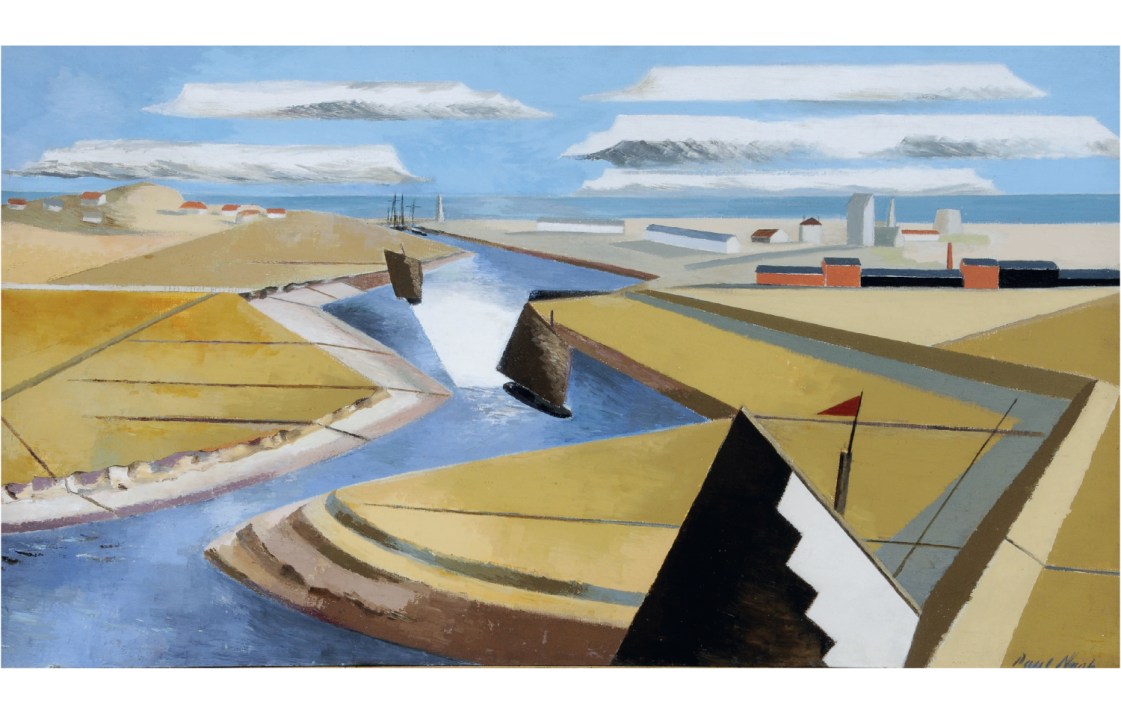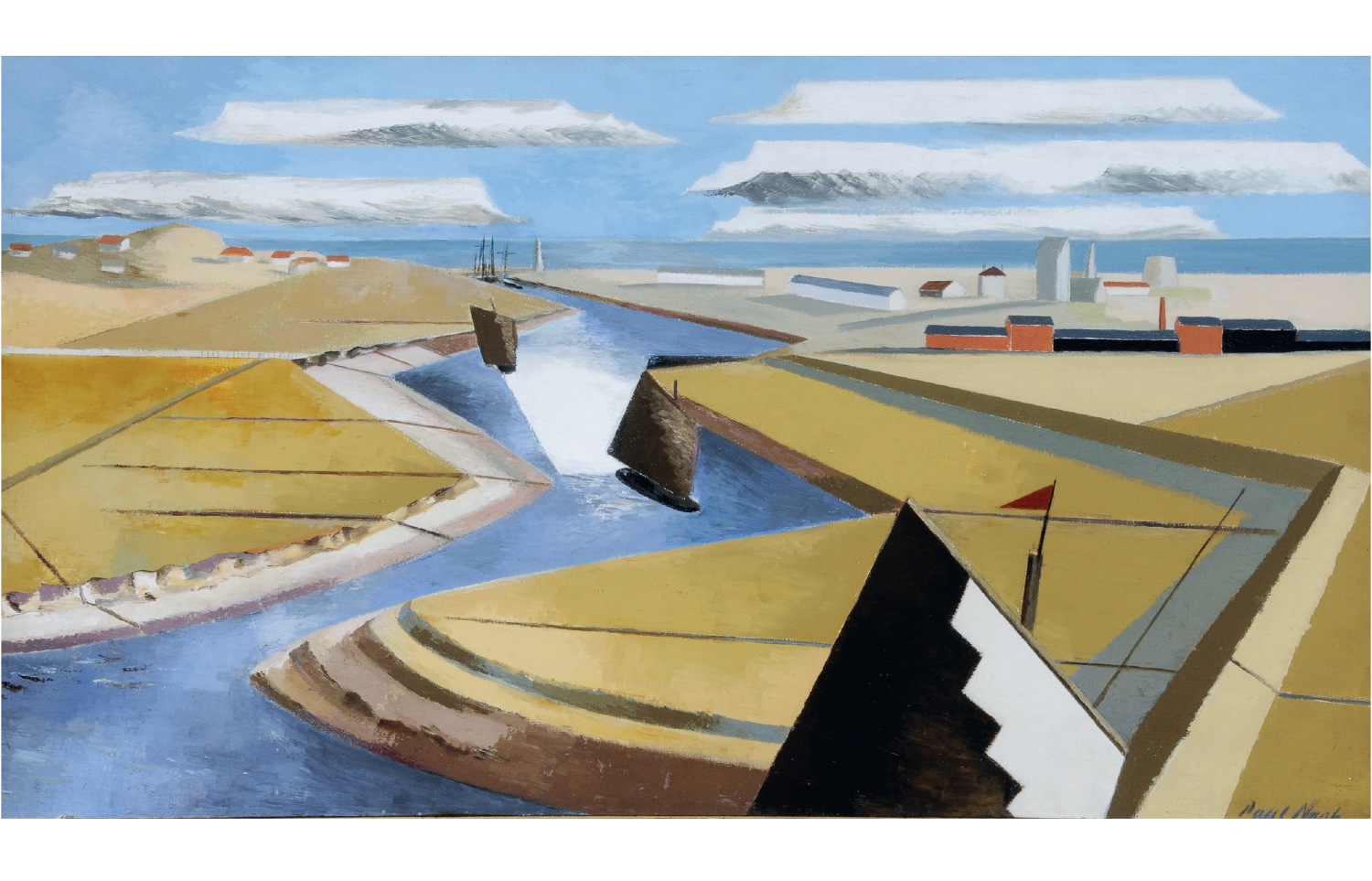In a national vote on which county’s landscape best embodies Englishness, every county would presumably vote for itself. But when the War Office commissioned Frank Newbould in 1942 to design a poster with the patriotic slogan ‘Your BRITAIN – fight for it now’, it featured Sussex, with a shepherd herding sheep in the foreground and Belle Tout lighthouse on the distant horizon.
In the ‘green and pleasant’ stakes, Sussex holds the advantage that the seeds of our alternative national anthem ‘Jerusalem’ were sown during William Blake’s stay from 1800 to 1803 in the coastal village of Felpham near Bognor Regis. But while it has prompted the occasional poem, Sussex has inspired more than its share of art. In fact, Cornwall’s claim to the title of most painted English county is currently being challenged in Pallant House’s exhibition Sussex Landscape: Chalk, Wood and Water – a show of 100 works by 60 artists that, unusually for a gallery specialising in modern art, opens with a Turner sketch of Chichester Canal, a study of Brighton beach by Constable and Blake’s wood engravings for Thornton’s ‘Pastorals of Virgil’ inspired by Felpham, his only taste of country life.
Unlike Newlyn and St Ives in Cornwall, Sussex boasts no Hastings or Eastbourne schools of artists, although the county did become a testing ground for avant-garde ideas when the Camden Town and Bloomsbury groups decamped there during the first world war to apply the lessons of French post-impressionism to the downland landscape. ‘Going modern and being British,’ as Paul Nash put it, was never easy and some efforts look a tad provincial, though Edward Wadsworth makes a good stab at cubism in his proto-vorticist ‘Landscape’ of 1913 (see below) and John Armstrong at surrealism in his dreamscape ‘Heaviness of Sleep’ (1938), envisioning the Seven Sisters in the distance.

Magazine articles are subscriber-only. Get your first 3 months for just $5.
SUBSCRIBE TODAY- Free delivery of the magazine
- Unlimited website and app access
- Subscriber-only newsletters








Comments
Join the debate for just £1 a month
Be part of the conversation with other Spectator readers by getting your first three months for £3.
UNLOCK ACCESS Just £1 a monthAlready a subscriber? Log in